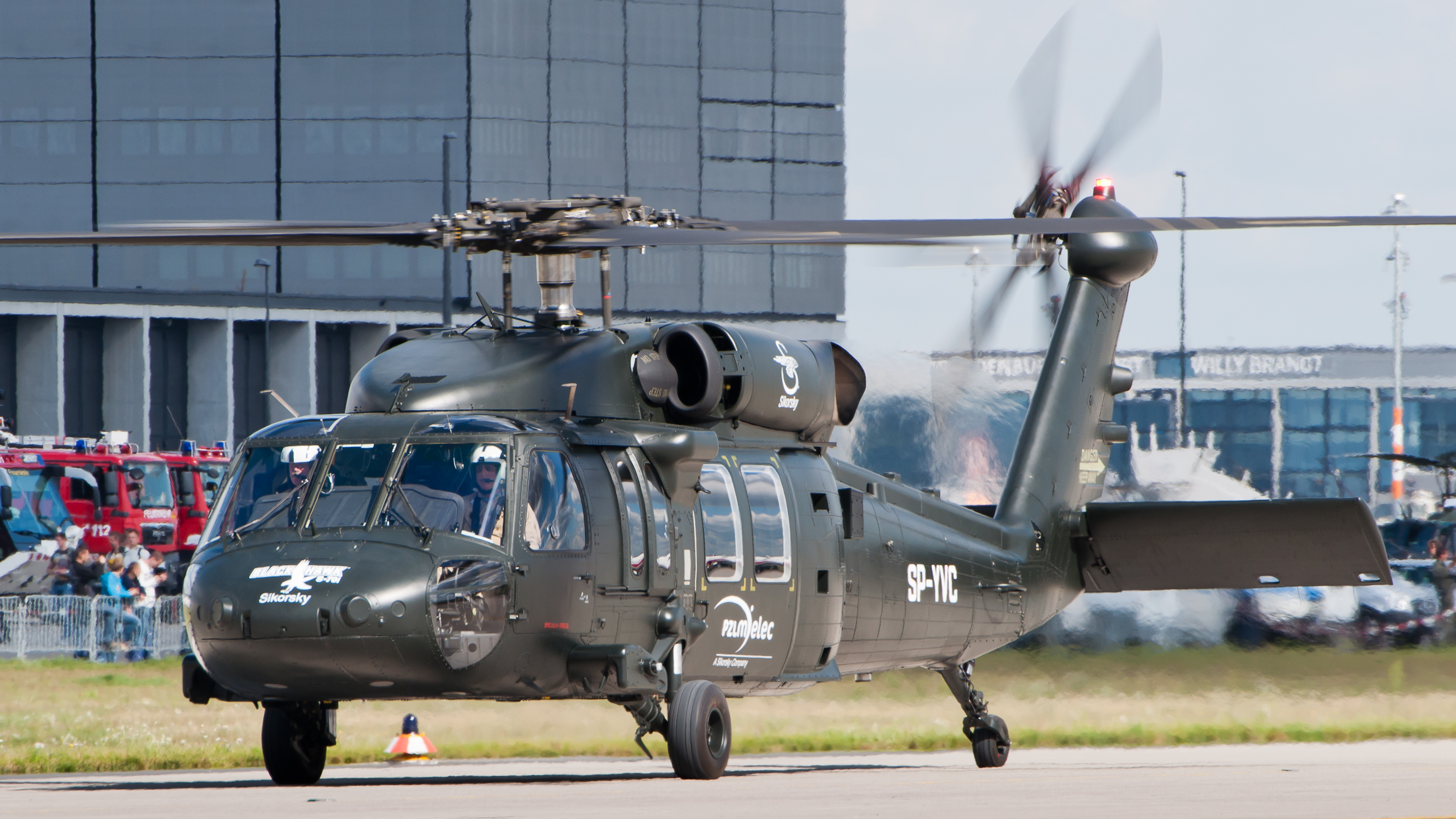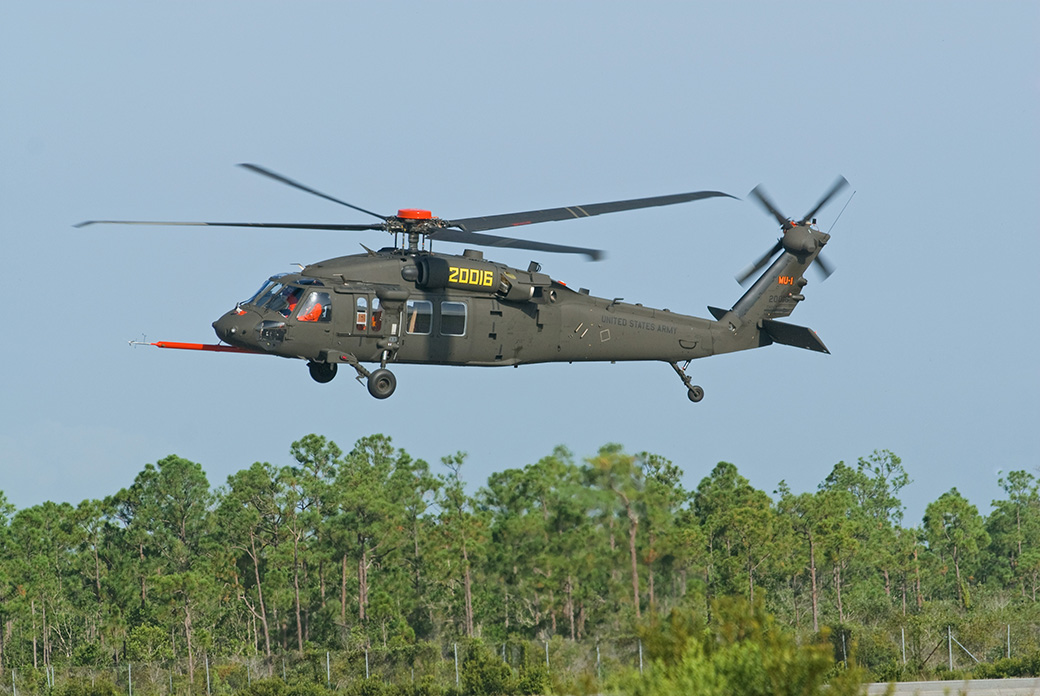The Sikorsky S 70 Helicopter: A Deep Dive into Its Design and Efficiency
The Sikorsky S 70 Helicopter: A Deep Dive into Its Design and Efficiency
Blog Article
High-Performance Multi-Role Rotorcraft Featuring Advanced Cockpit Technologies and Integrated Sensing Unit Solutions
The realm of rotorcraft innovation has actually seen noteworthy advancements in recent times, specifically in the realm of high-performance multi-role rotorcraft outfitted with innovative cabin innovations and flawlessly integrated sensing unit systems. In the complying with conversation, we will check out the evolution of rotorcraft innovation, dig into the realm of innovative cockpit technologies, and examine the ramifications of integrated sensing unit systems on the operational adaptability and efficiency of contemporary rotorcraft.
Advancement of Rotorcraft Technology
The development of rotorcraft technology has been noted by considerable improvements in the rules of aerodynamics, materials, and propulsion systems, shaping the capabilities and efficiency of modern-day rotorcraft. Furthermore, developments in propulsion systems, including more effective engines and cutting-edge propulsion modern technologies, have actually allowed rotorcraft to accomplish higher elevations, faster rates, and greater payloads.
These advancements have not just changed the abilities of rotorcraft however have additionally expanded their applications across numerous markets, including military, industrial, and emergency solutions. The constant evolution of rotorcraft technology proceeds to drive advancement in the field, pressing the limits of what is possible and forming the future of upright trip.
Advanced Cockpit Innovations
Structure upon the fundamental developments in the rules of aerodynamics, materials, and propulsion systems, the world of rotorcraft innovation currently moves focus towards introducing Advanced Cockpit Innovations. The assimilation of sophisticated technologies within the cabin setting plays a crucial function in enhancing the operational capacities, security, and performance of modern rotorcraft. sikorsky s 70. Advanced Cabin Innovations encompass a vast range of functions designed to offer pilots with boosted situational awareness, streamlined information monitoring, and intuitive control user interfaces
Among the key improvements in cabin layout is the application of glass cabins, which change traditional analog evaluates with high-resolution screens. These electronic systems offer customizable designs, real-time information assimilation, and improved readability, allowing pilots to gain access to critical info at a glimpse. Advanced avionics systems, such as fly-by-wire controls and enhanced truth screens, are reinventing just how pilots connect with the airplane, permitting for specific control and boosted decision-making capacities.


Integrating advanced cabin technologies not just enhances pilot efficiency however likewise adds to total mission performance and safety and security in complicated functional atmospheres. By leveraging cutting edge technologies within the cabin, rotorcraft producers are establishing new standards for functional excellence and objective success.
Integrated Sensor Equipments
With the evolution of rotorcraft modern technology, the combination of advanced Integrated Sensor Systems has actually become vital in enhancing functional performance and security. These Integrated Sensing unit Systems incorporate a wide variety of technologies that supply crucial information for various functions such as navigating, surveillance, targeting, and environmental surveillance. By seamlessly incorporating sensors like radars, video cameras, lidar, and infrared systems right into rotorcraft, operators can take advantage of boosted situational awareness, improved objective capacities, and reduced pilot workload.
One trick benefit of Integrated Sensor Solutions is their capability to collect real-time information and provide actionable insights to pilots and mission operators. Advanced radar systems can discover and track targets over long ranges, permitting for very early hazard detection and effective response planning. Additionally, integrating infrared and electro-optical electronic cameras enables rotorcraft to conduct reconnaissance and surveillance missions with accuracy and accuracy.
In essence, the integration of innovative sensing unit innovations right into rotorcraft not only improves operational efficiency however likewise contributes substantially to general objective success additional reading and team security. As rotorcraft continue to develop, the duty of Integrated Sensor Equipment will certainly stay at the center of advancement in the aerospace market.
Operational Versatility and Performance
Enhancing functional flexibility and efficiency in rotorcraft is an all-natural development from the combination of advanced Integrated Sensing unit Solutions. By leveraging the understandings and data provided by these cutting-edge sensor systems, rotorcraft can maximize their performance across numerous objectives and environments.
Functional flexibility incorporates the capability of rotorcraft to adapt to various functions and circumstances effectively. With advanced cabin technologies and incorporated sensor systems, rotorcraft can flawlessly shift in between tasks such as search and rescue, clinical evacuation, security, and much more. This versatility improves the rotorcraft's capability to satisfy diverse operational demands without needing extensive reconfiguration.
Effectiveness in rotorcraft operations is vital for maximizing objective performance and resource use. Integrated sensor systems play an essential duty in improving functional performance by offering real-time information on climate condition, surface mapping, target monitoring, and more. This data allows pilots to make informed decisions quickly, maximize trip paths, conserve fuel, and boost total mission efficiency.
Influence On Modern Air Travel Procedures

In addition, the combination of advanced sensing units assists in improved goal preparation and execution, making it possible for rotorcraft to carry out a wide variety of tasks with boosted precision. From search and rescue procedures to aerial firefighting and police goals, the abilities of modern-day rotorcraft geared up with innovative cabin innovations and incorporated sensing unit systems are unmatched.
Furthermore, the effect of these advancements important source extends past functional efficiency to cost-effectiveness and sustainability. By enhancing trip courses, gas usage, and upkeep timetables, high-performance rotorcraft geared up with innovative cabin innovations and sensing units contribute to decreasing functional costs and environmental influence, making them indispensable properties in modern aviation operations.
Verdict
In verdict, the high-performance multi-role rotorcraft with advanced cockpit innovations and incorporated sensor systems represents a substantial advancement in aeronautics technology. These developments improve operational flexibility and effectiveness, eventually affecting contemporary air travel procedures in a favorable method. The combination of these sophisticated innovations enables enhanced capabilities and performance in various mission scenarios, showcasing the proceeded advancement of rotorcraft modern technology in the aeronautics sector.
The world of rotorcraft modern technology has actually seen significant improvements in recent times, particularly in the realm of high-performance multi-role rotorcraft geared up with cutting-edge cabin technologies and seamlessly incorporated sensing unit systems. From improved mission anonymous convenience to boosted operational efficiency, the merging of sophisticated cockpit technologies and incorporated sensor systems has ushered in a brand-new age of possibilities for rotorcraft applications. In the following conversation, we will explore the advancement of rotorcraft modern technology, delve right into the realm of sophisticated cabin advancements, and take a look at the implications of incorporated sensor systems on the functional adaptability and efficiency of modern-day rotorcraft.

Report this page